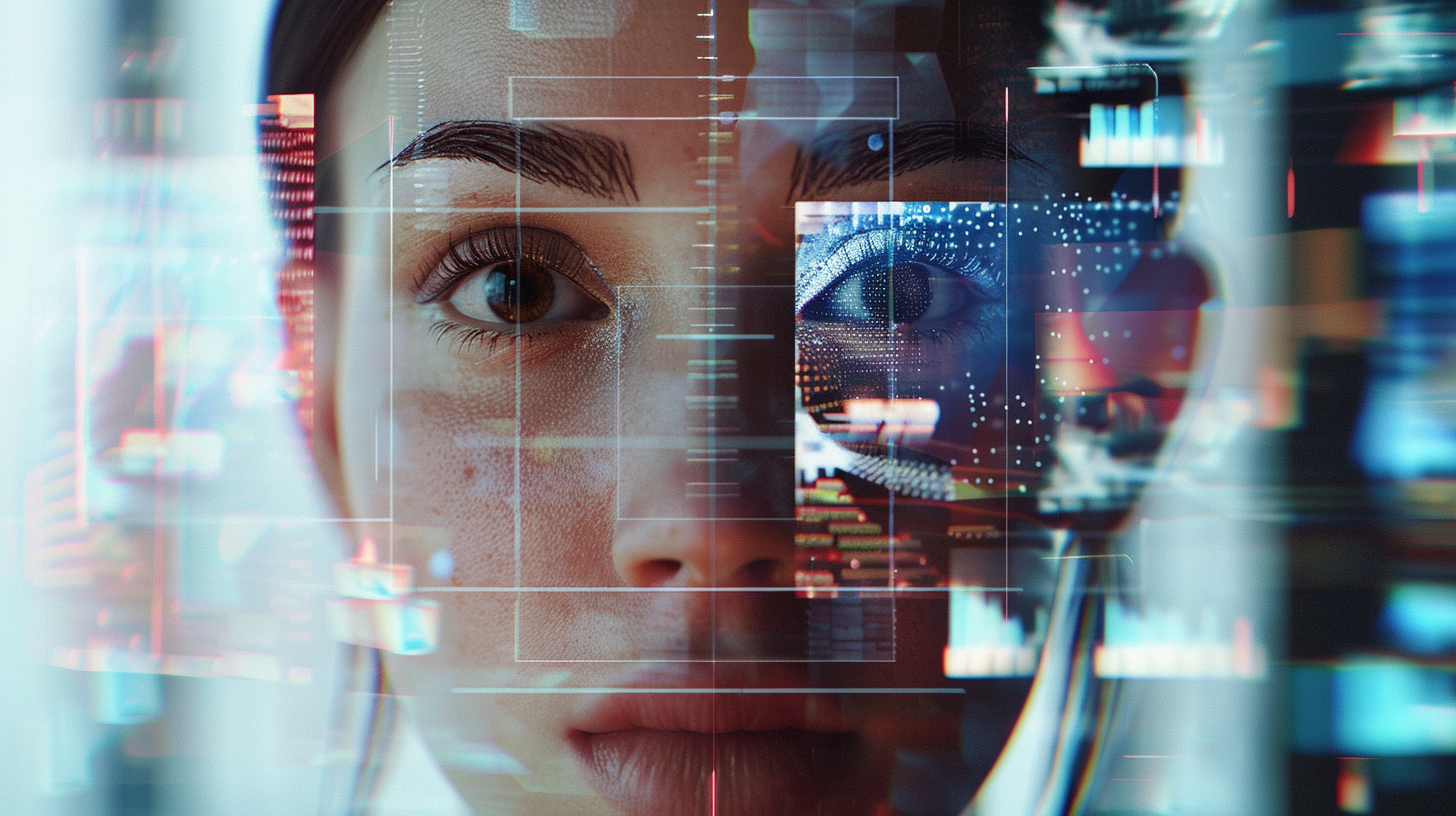5 Simple Ways to Identify Videos Created by AI

As generative AI continues to evolve, the capability to create videos that closely resemble human-made content is improving at an incredible rate. Be it for entertainment, marketing, or even social media, Videos Created by AI are making their presence more and more known seamlessly in the online landscape. But despite their sophistication, these videos often demonstrate subtle telltale signs that distinguish them from traditional video content.
If you ever came across a video and wondered whether it was created by AI or not, here are five easy ways to help you tell whether or not it is machine-made.
1. Unnatural Movements and Transitions
The most telling giveaways that a video is computer-generated involve awkward or unnatural movement. While the AI models can create highly realistic still images, they often fail when replicating motion in a manner resembling natural human or object movement. Here’s what to look for:
– Jittery or stiff movements: Any motion, from the gait of a human to the movement of an animal or the shifting of an object, may appear robotic or overly mechanical when created through AI-crafted animation. Unnatural or labored motions with an apparent skipping of frames generally indicate AI involvement.
– Glitches involving transitions: AI models may also struggle with transitions from one scene to another, where objects jump, flicker, or change positions without the logical flow of action.
2. Unnatural or Distorted Facial Features
One of the biggest challenges with generative AI, especially when creating videos with human subjects, is making faces consistent and natural. Even well-developed models have their own oddities. Watch out for:
– Facial distortions: Sometimes, AI outputs faces that look a little « off. » Asymmetry, warped features, or eyes and mouths that don’t quite line up are dead giveaways that a face was created by a machine.
– Flickering details: For instance, observe whether items like eyes, hair, or facial expressions flutter around. In most AI-generated videos, delicate elements will flutter or shake between frames, giving an inconsistent impression.
– Over-exaggerated expressions: Sometimes, if the generative AI needs to create subtle and nuanced facial expressions, it may end up overdoing them to the point of appearing unnatural.
3. Inconsistent Lighting and Shadows
While AI models have gotten good at creating realistic-looking environments, lighting and shadows can still be a weak link. These elements tend to reveal the inadequacies of AI when it comes to understanding complex scenes:
– Weaker shadow behavior: Shadows may appear in places where they shouldn’t or be missing completely. If the lighting in a video does not correspond to the scene or movement of the subjects, that’s an indication of AI generation.
– Incoherent lighting sources: Sometimes, Generative AI produces unrealistic light features, such as objects being lit from angles that do not correlate, or characters failing to respond appropriately when the light in the environment changes.
– Too coherent lighting: Unlike the real world where light is dynamic and imperfect, AI videos might contain overly smooth or perfect light.
4. Anomalies in Textures and Materials
Textures and materials can denote the source of a video, especially when AI fails to properly implement surfaces or materials. Be it human skin, fabrics, or landscapes, AI might create noticeable anomalies like the following:
– Plastic-like skin: The skin can look extremely smooth or shiny, almost like plastic. Fine details, like pores or subtle imperfections, might be missing, making the character look artificial.
– Repetitive textures: AI models sometimes create repetitive patterns across surfaces, like grass, water, or wall surfaces, which could give away that the video is artificial.
– Flat or reflecting materials: The texture of hair, clothes, or any other surface may appear too flat or reflective and not as complex as most real-life materials when interacting with light.
5. Mismatched Audio and Lip-Syncing Issues
Audio tends to be one of the last things that AI gets right when replicating video footage. For videos that contain dialogue or voiceovers, notice how the audio fits the action onscreen:
– Poor lip-syncing: Because artificial intelligence may fail to perfectly synchronize lip movement with speech, there are apparent delays or out-of-sync pieces of audio in areas of rapid or emotional speech.
– Artificial voice tone: Even with state-of-the-art AI voice generation techniques, synthetic voices can sometimes sound a bit robotic or monotonous. The rhythm, intonation, or the pauses might sound a little bit wrong against natural speech.
– Unnatural soundscapes: Sometimes, AI video makers don’t portray the onscreen audio environment very well. For example, a character could be walking down the main street in a noisy city, and suddenly, the background is far too quiet. This mismatch can be a sign of AI involvement.

Thank you for sharing this insightful article! I found the information really useful and thought-provoking. Your writing style is engaging, and it made the topic much easier to understand. Looking forward to reading more of your posts!
Your insightful blog posts delve into a wide range of topics, always balancing detail and simplicity. It would be intriguing to watch you scrutinize how these ideas might transform various aspects, such as transportation or education. Your knack for elucidating intricate subjects is commendable. Thank you for offering such cogent insights—I’m excited to read your next piece!
there
there